Decluttering Decision Tool: Keep or Toss?
Our Decluttering Decision Tool is a simple quiz to help you decide what to keep, donate, or discard. End clutter paralysis and organize your tiny home with confidence.
The Decluttering Decision Tool
Feeling stuck on an item? Think of one specific object and answer the following questions honestly to get a clear recommendation.
How to use this tool: Think of a single item you’re unsure about. Click “Start the Quiz” and answer the series of questions honestly from the perspective of that one item. At the end, you’ll receive a clear recommendation to help you break through the indecision.
The Decluttering Decision Tool: Your Antidote to Clutter Paralysis
I still remember it vividly: a box of old computer cables I’d been hauling around for over a decade. It moved with me from apartment to apartment, and finally to my first tiny home. Every time I saw it, a wave of anxiety hit me. “I might need these someday,” I’d tell myself, even though I no longer owned any of the devices they connected to. This is “clutter paralysis”—the inability to make a decision, where the fear of making the wrong choice is so overwhelming that you make no choice at all. It’s a feeling I know many of you share. That’s why I created this Decluttering Decision Tool. It’s a simple, logical quiz designed to be your impartial friend, cutting through the emotional fog and helping you ask the right questions to reclaim your space and your peace of mind.
Living in a small space forces you to be intentional with every single object you own. There’s no “junk drawer” that can expand into a “junk room.” Every item must earn its keep. But the process of choosing what stays and what goes can be emotionally draining. This Decluttering Decision Tool is not about ruthlessly throwing everything away. It’s about mindfulness. It’s a guided exercise to help you align your possessions with the life you want to live. By answering a few objective questions, you can bypass the guilt and “what if” scenarios that keep you stuck, allowing you to make choices that feel liberating, not depriving.
The Psychology of Clutter: Why It’s So Hard to Let Go
Before we can effectively declutter, we need to understand why we hold on to things in the first place. It’s rarely about the object itself; it’s about what it represents. Our possessions are tied to our memories, our identity, and our aspirations. Psychologists refer to the “endowment effect,” a cognitive bias where we place a higher value on things simply because we own them. A study by Daniel Kahneman, a Nobel laureate, famously demonstrated that people demand a much higher price to sell an object they own than they’d be willing to pay to acquire it. This simple bias is a powerful force that makes letting go feel like a genuine loss. Our Decluttering Decision Tool is designed to counteract this by forcing a more objective evaluation.
Furthermore, we are often held captive by “aspirational clutter”—the items we keep for the person we hope to be someday. The expensive hiking gear for the trips you never take, the craft supplies for the hobby you never started, the stack of books you intend to read. These items represent a version of ourselves, and letting them go can feel like giving up on that dream. By using a logical framework, you can gently assess whether these aspirations are still relevant to your current life. The goal isn’t to crush your dreams, but to ensure your tiny home is a reflection of who you are *now*, not a museum of past selves or imagined futures.
A Look Inside the Logic of the Decision Tool
I designed the questions in this Decluttering Decision Tool to target the most common sticking points in the decluttering process. Each question provides a piece of the puzzle, leading to a balanced recommendation. Let’s break down the “why” behind them:
- The 12-Month Rule: “Have you used it in the last year?” This is a classic for a reason. It’s a practical, non-emotional benchmark for an item’s usefulness in your current life. While not foolproof (think seasonal items), it’s a powerful starting point.
- The Joy Factor: “Does it bring you genuine joy?” This is the heart of the KonMari method, popularized by Marie Kondo. It acknowledges that not everything we own has to be purely functional. Your home should be filled with things that uplift you.
- The Broken Item Clause: An item that is broken and hasn’t been fixed is not an asset; it’s a project that is masquerading as a possession. It represents a task on your to-do list, which adds to mental clutter.
- The “20/20” Rule: I adapted this from The Minimalists. “Can you replace it for less than $20 in less than 20 minutes?” This question single-handedly defeats the “just in case” monster for hundreds of small items like cables, specific kitchen gadgets, and office supplies. The answer is almost always yes.
By combining these different angles—practicality, emotion, condition, and replaceability—the Decluttering Decision Tool provides a holistic view, ensuring you’re not just decluttering based on one rigid, arbitrary rule.
The Four Fates of an Item: Your Action Plan
Once our tool gives you a recommendation, the next step is to take action. Simply moving items from one pile to another isn’t decluttering; it’s re-organizing clutter. Here’s a quick guide for what to do next:
| Recommendation | Your Next Step |
|---|---|
| Keep It! | Assign it a permanent, accessible “home.” If you don’t have a place for it, you haven’t truly finished the decluttering process. |
| Donate or Sell It. | Put it in a box and move it to your car or by the door immediately. Schedule a pickup or a drop-off time. For selling, list it on Facebook Marketplace or Poshmark right away. Don’t let it linger. |
| Recycle or Discard. | Take it directly to the appropriate bin. For electronics or other special items, use a resource like Earth911 to find a local recycling center. The goal is to get it out of your house as soon as the decision is made. |
Navigating the Challenge of Sentimental Clutter
The most difficult category for anyone, especially in a tiny home, is sentimental clutter. These are the items the Decluttering Decision Tool might flag as impractical, but your heart screams “keep it!” My advice here is to be both compassionate and creative. You don’t have to live a sterile life devoid of memories. Instead, curate your sentimentality. Rather than keeping a whole box of your child’s artwork, select three representative pieces and frame them beautifully. Instead of keeping every ticket stub from your travels, create a scrapbook or a shadow box.
One powerful technique I’ve used with my clients at Neat Tiny Home is the “digital memory” method. Take a high-quality photo of the item. Often, the photograph is enough to trigger the memory and the feeling associated with the object, allowing you to let the physical item go. This honors the memory without sacrificing precious physical space. Remember, your memories are not *in* the items; the items are just triggers for the memories that are already inside you. This insight, championed by experts like Joshua Becker of Becoming Minimalist, is a complete game-changer for tackling sentimental clutter.
The journey to a decluttered home is a marathon, not a sprint. It’s a continuous process of evaluating and re-evaluating what earns a place in your life. I hope this Decluttering Decision Tool serves as a trusted companion on that journey, helping you make confident choices one item at a time.
What is one item in your home that you’re currently struggling with? Share it in the comments below—let’s see if we can help each other through the process!
Frequently Asked Questions (FAQ)
- What if an item is both sentimental and broken?
This is the ultimate decluttering challenge. My advice is to set a deadline. Give yourself 30 days to either get the item professionally repaired or to repair it yourself. If you don’t do it within that timeframe, it’s a strong sign that your attachment is to the memory, not the object itself. At that point, take a photo and let the broken item go. - I’m overwhelmed. Where do I even start?
Start small! Don’t try to tackle your whole house at once. Pick one tiny, manageable area—a single drawer, a shelf, or even just your handbag. Use the Decluttering Decision Tool on every item in that small space. The feeling of accomplishment will give you the momentum to continue. - How is this different from just following the KonMari method?
Our tool incorporates elements from several proven philosophies, including KonMari’s “spark joy” concept, The Minimalists’ “20/20” rule, and the classic “one-year” rule. It’s a hybrid approach designed to give you a quick, logical recommendation when you’re stuck on a specific item, making it a great supplement to a larger decluttering project. - What if I regret getting rid of something?
This fear is very common, but the reality is that it happens far less often than you think. In my years of experience, I’ve found that people almost never miss the items they chose to let go of. The freedom and space gained far outweigh the fleeting memory of a discarded object. Start with low-stakes items to build your confidence.
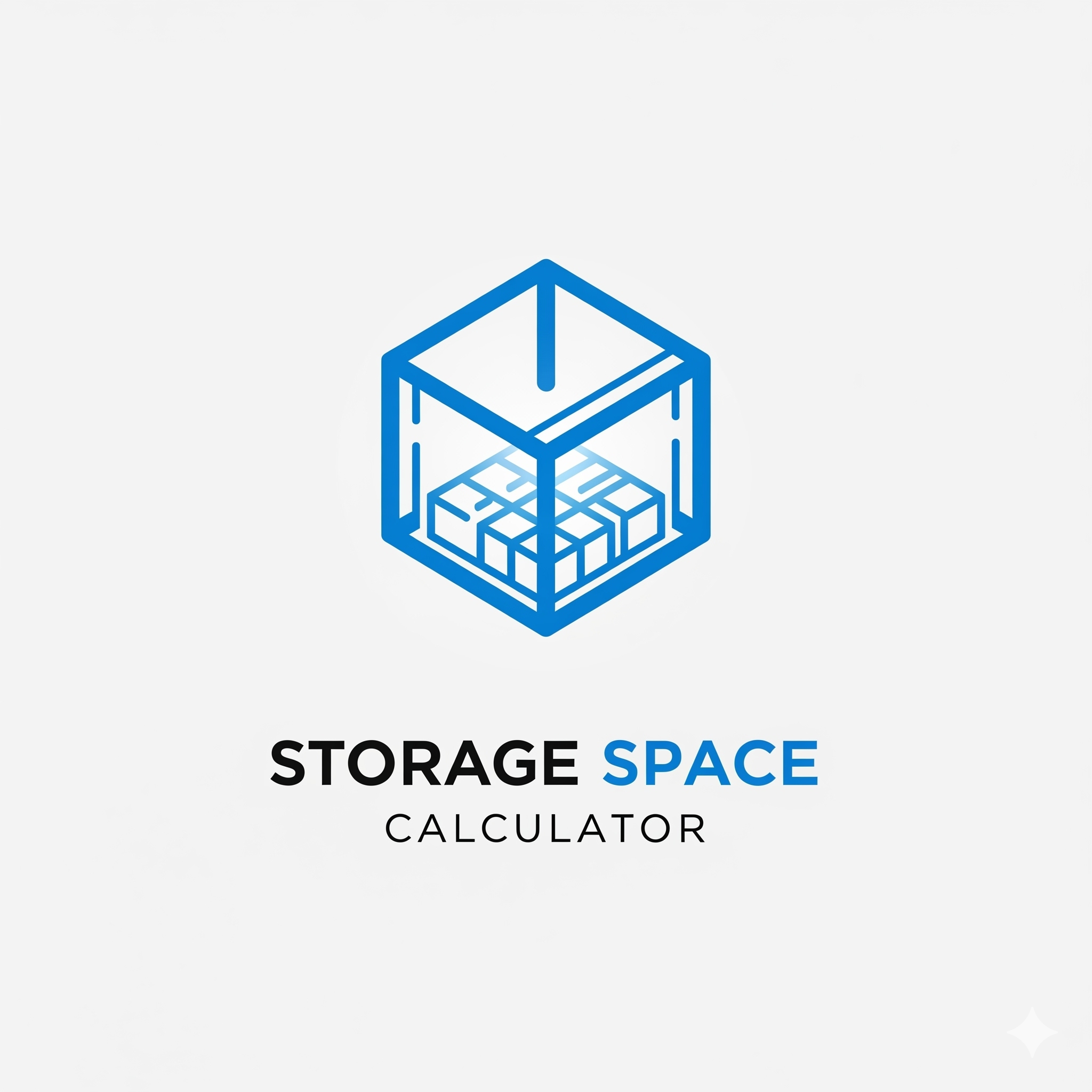
Storage Space Calculator: Maximize Your Home
Free Tools, Storage Space Calculator
Storage Space Calculator for tiny homes. Instantly calculate the volume of any closet, cabinet, or…Read More
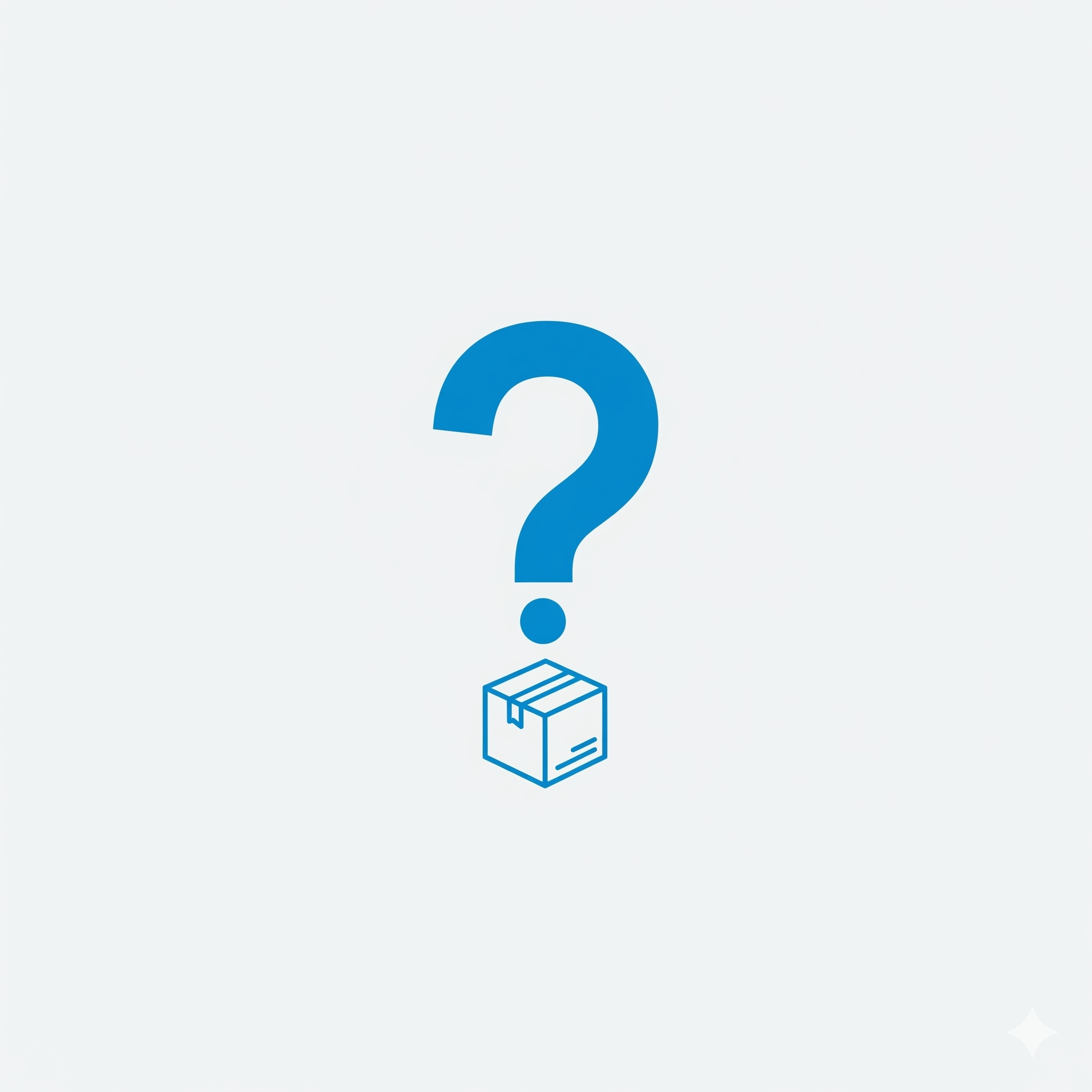
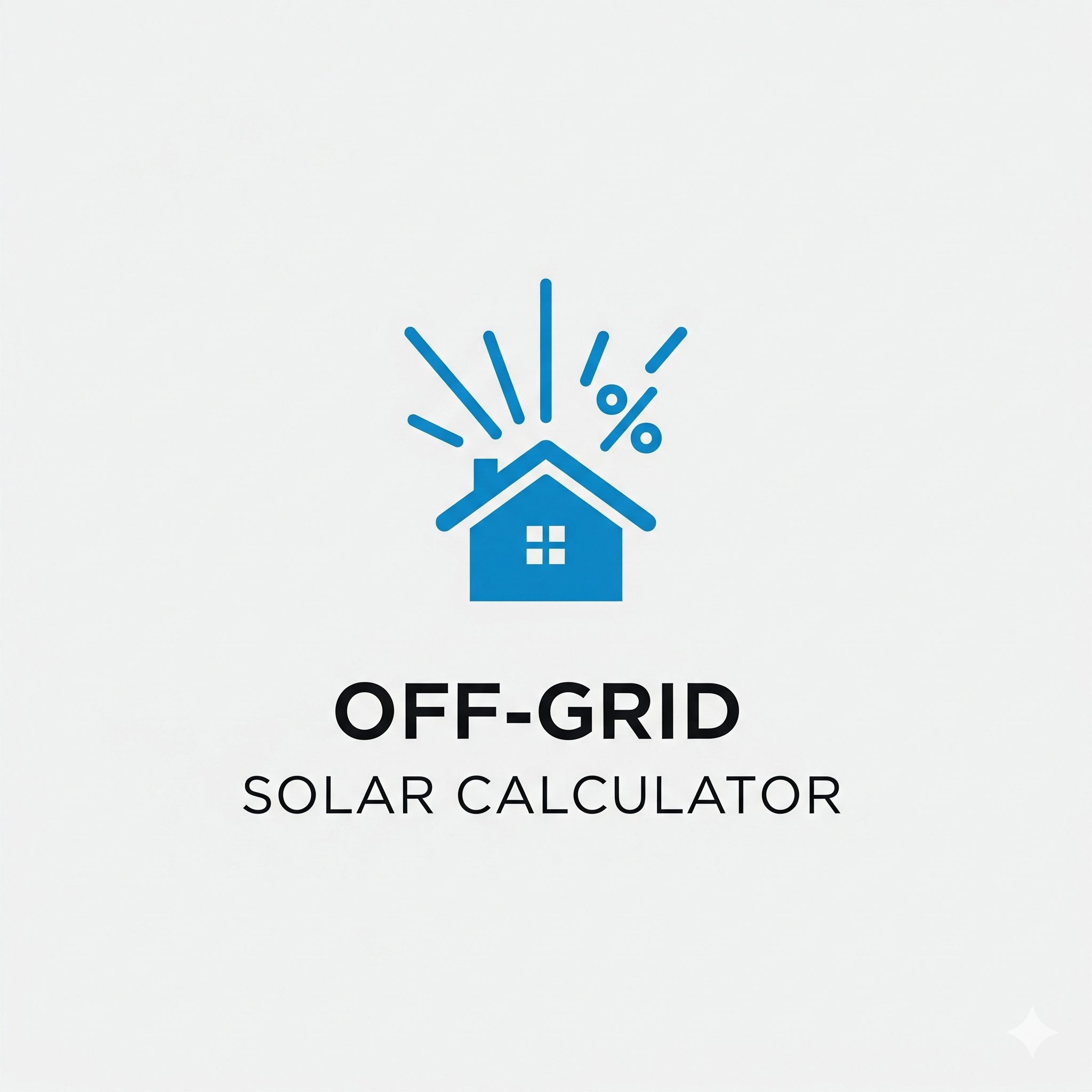
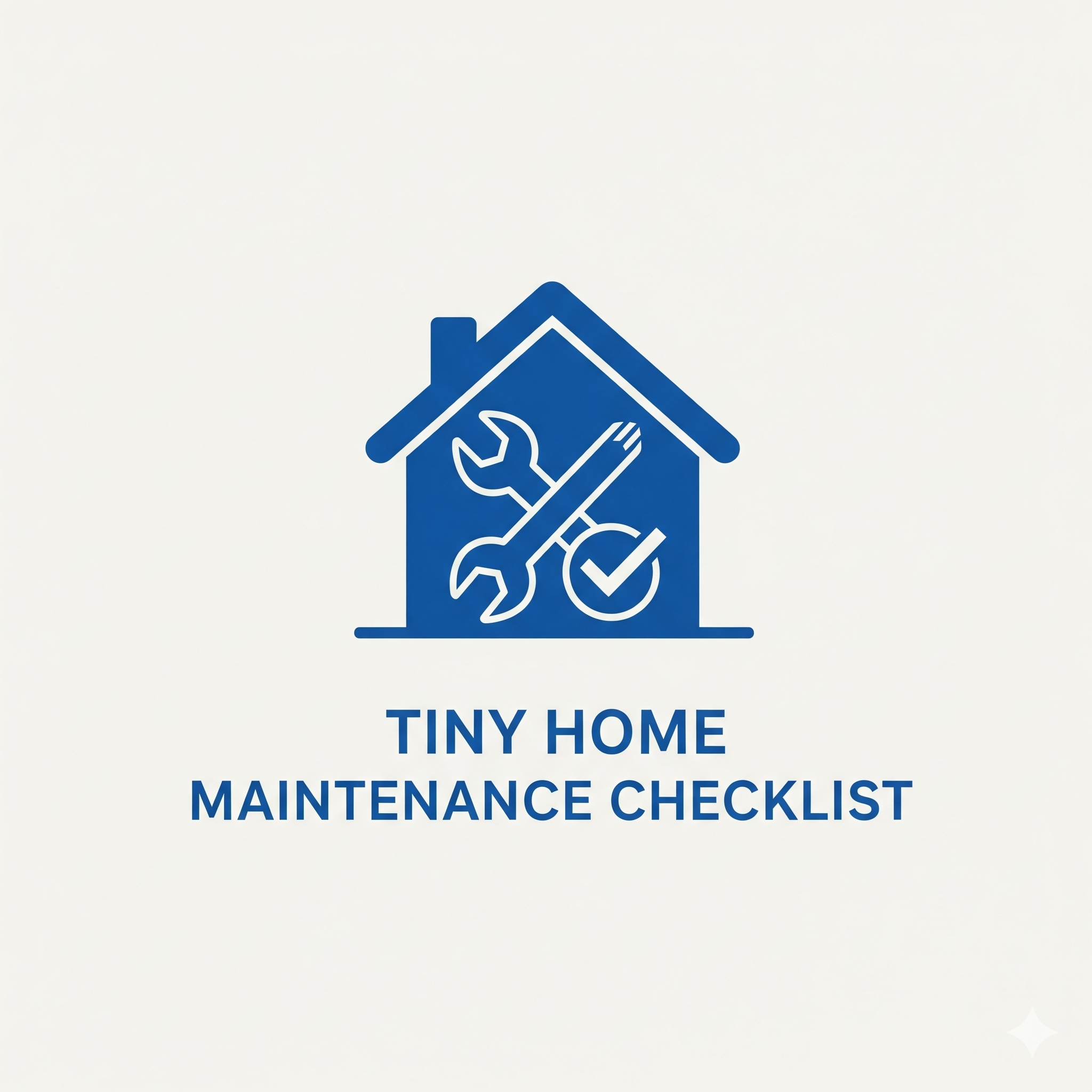
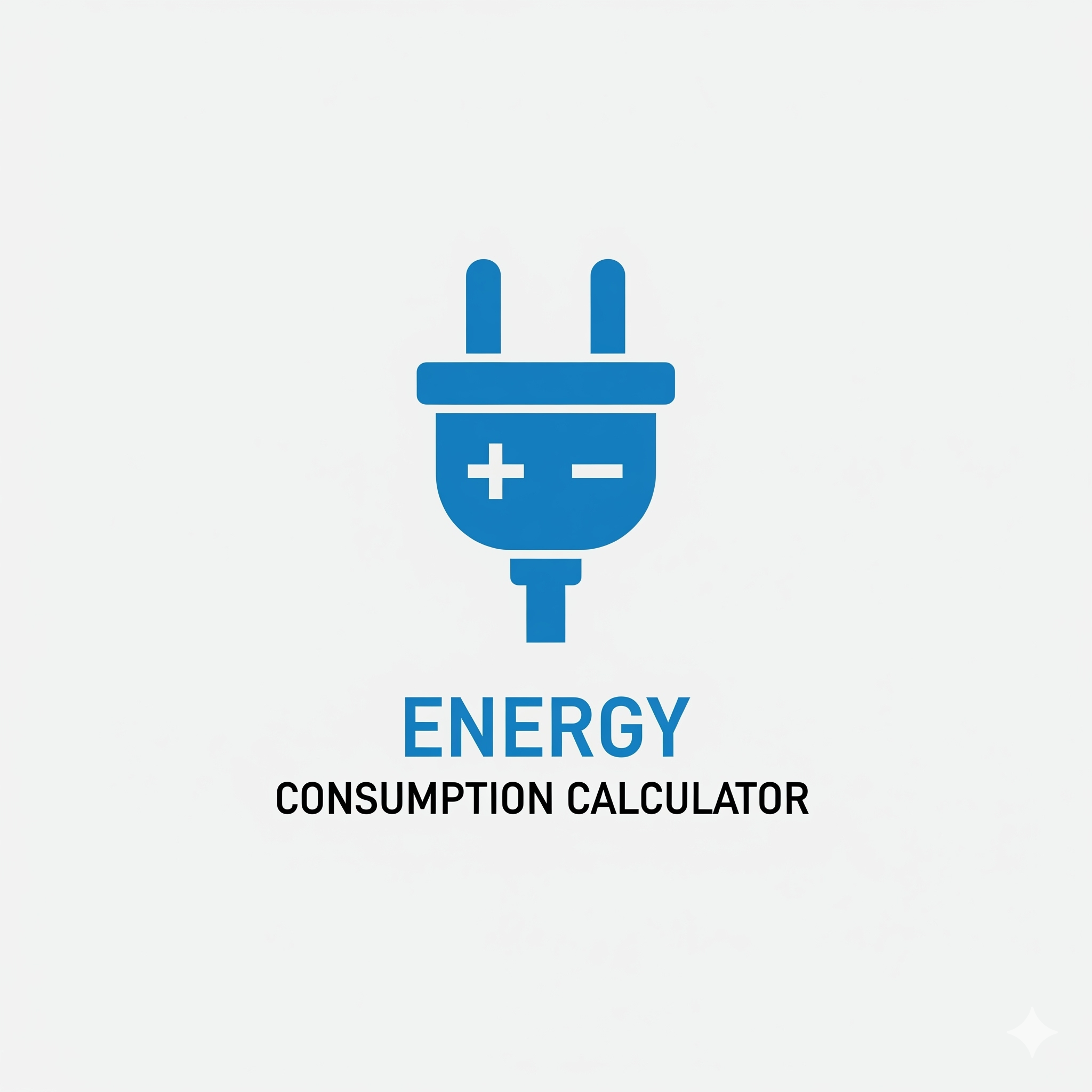
Post Comment